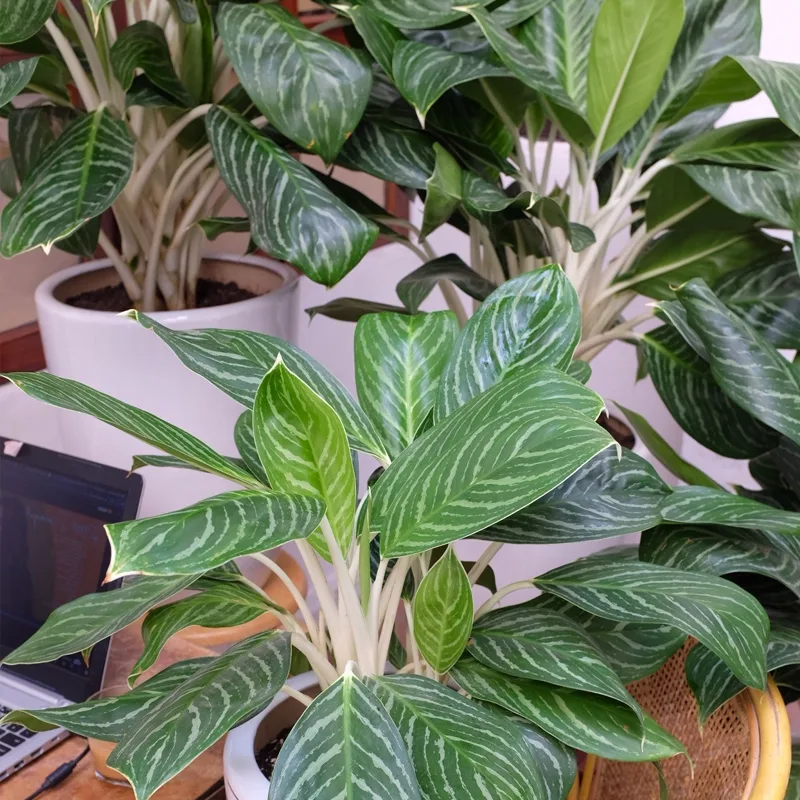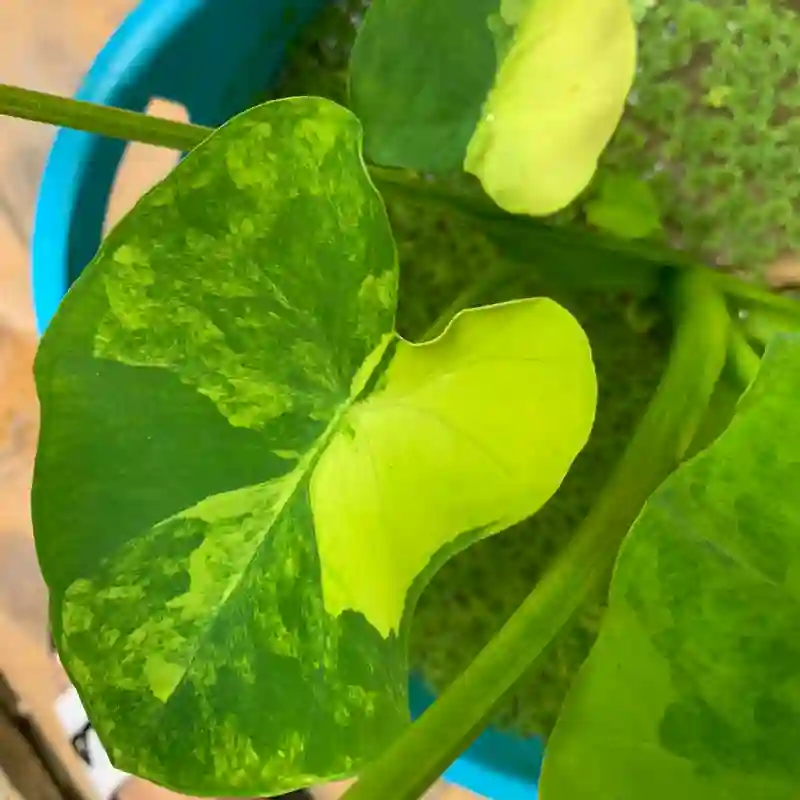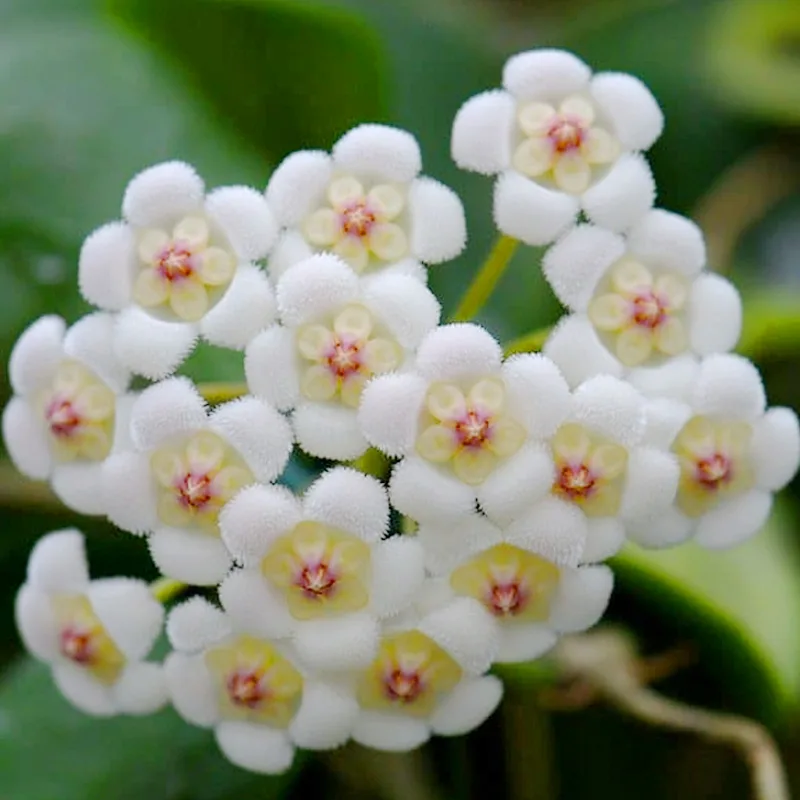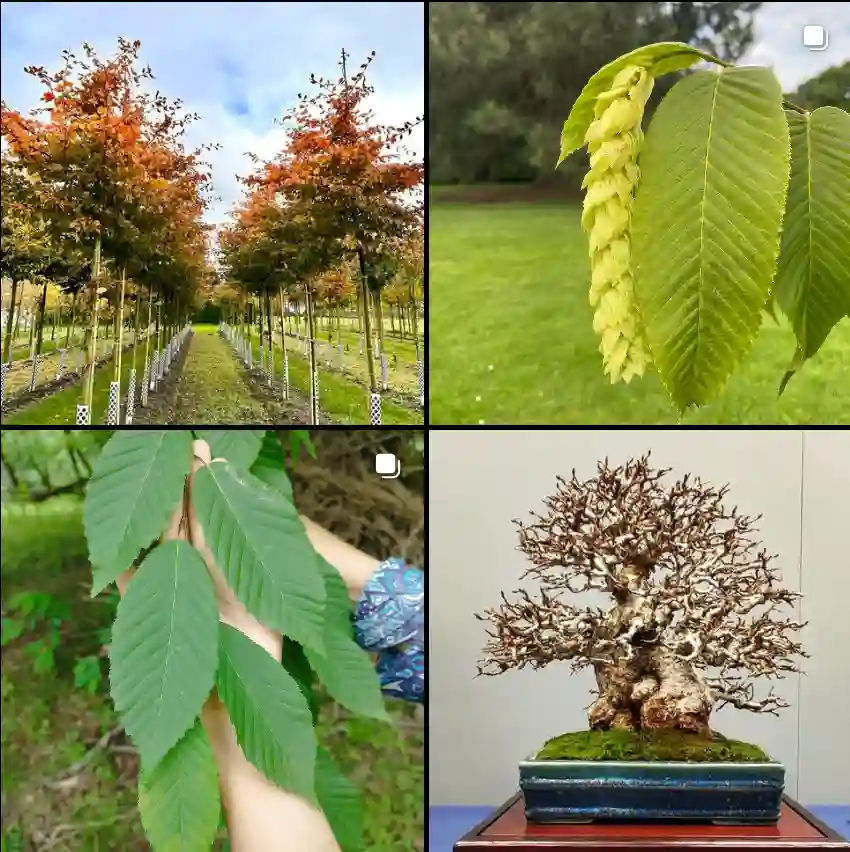My Love Affair with Mertensia
The first time I saw a Mertensia, I was captivated. It was a Virginia bluebell ( Mertensia virginica ), growing wild in a dappled woodland. The delicate, bell-shaped flowers, starting out pink and then deepening to a vibrant sky blue, were simply mesmerizing. I was hooked. I needed to learn everything about this enchanting genus.
Now, years later, my fascination with Mertensia hasn’t faded. I’ve spent countless hours studying these plants, poring over botanical texts, and even cultivating several species in my own garden. They are a joy to observe, with their unique color-changing blooms and their preference for cool, damp environments.
What is Mertensia?
Mertensia is a genus of flowering plants belonging to the borage family, Boraginaceae. They are herbaceous perennials, meaning they die back to the ground each winter and re-emerge in the spring. Most Mertensia species are native to North America and Eurasia, often thriving in mountainous regions or along coastal areas. They are commonly known as “bluebells,” though their flowers are often more trumpet-shaped than bell-shaped.
One of the most distinctive features of Mertensia is the way their flowers change color. They typically emerge from pink buds, gradually transitioning to blue as they mature. This captivating transformation is due to a change in the pH level within the flower tissue.
A Diverse Genus
The Mertensia genus boasts a remarkable diversity, with around 50 recognized species. Here are:
- Mertensia arizonica Greene
- Mertensia bakeri Greene
- Mertensia bella Piper
- Mertensia brachycalyx Piper
- Mertensia brachyloba Greene
- Mertensia brevistyla S.Watson
- Mertensia campanulata A.Nelson
- Mertensia cana Rydb.
- Mertensia ciliata (E.James ex Torr.) G.Don
- Mertensia coronata A.Nelson
- Mertensia cusickii Piper
- Mertensia cynoglossoides Greene
- Mertensia davurica (Sims) G.Don
- Mertensia dschagastanica Regel
- Mertensia eastwoodiae J.F.Macbr.
- Mertensia fendleri A.Gray
- Mertensia franciscana A.Heller
- Mertensia grahamii (L.O.Williams) Nazaire & L.Hufford
- Mertensia humilis Rydb.
- Mertensia kamczatica (Turcz.) DC.
- Mertensia lanceolata (Pursh) DC.
- Mertensia lateriflora Greene
- Mertensia lineariloba Rydb.
- Mertensia longiflora Greene
- Mertensia longipedunculata (A.Nelson) Nazaire & L.Hufford
- Mertensia macdougalii A.Heller
- Mertensia maritima (L.) Gray Plant FAQs: Mertensia Maritima – Oyster Plant – Sea Bluebell
- Mertensia mexicana L.O.Williams
- Mertensia meyeriana J.F.Macbr.
- Mertensia nevadensis A.Nelson
- Mertensia nivalis Rydb.
- Mertensia oblongifolia (Nutt.) G.Don
- Mertensia oreophila L.O.Williams
- Mertensia ovata Rydb.
- Mertensia pallasii (Ledeb.) G.Don
- Mertensia paniculata (Aiton) G.Don
- Mertensia parvifolia (L.O.Williams) Nazaire & L.Hufford
- Mertensia platyphylla A.Heller
- Mertensia pratensis A.Heller
- Mertensia pterocarpa (Turcz.) Tatew. & Ohwi
- Mertensia rivularis DC.
- Mertensia serrulata (Turcz.) DC.
- Mertensia sibirica (L.) G.Don
- Mertensia simplicissima (Ledeb.) G.Don
- Mertensia sinica Kamelin
- Mertensia stylosa (Fisch.) DC.
- Mertensia subcordata Greene
- Mertensia tarbagataica B.Fedtsch.
- Mertensia tweedyi Rydb.
- Mertensia umbratilis Greenm.
- Mertensia virginica (L.) Pers. ex Link Plant FAQs: Mertensia Virginica – Mertensia Bluebells
- Mertensia viridis (A.Nelson) A.Nelson
Why I Admire Mertensia
My admiration for Mertensia goes beyond their beauty. I am drawn to their resilience, their ability to thrive in challenging environments, from windswept coastlines to high mountain meadows. They are a reminder that beauty can be found even in the most unexpected places.
I also appreciate the ephemeral nature of their blooms. The flowers of Mertensia are fleeting, lasting only a few weeks in the spring. This ephemeral quality makes them all the more precious, a reminder to savor the beauty of the present moment.
Finally, I am intrigued by the ecological role of Mertensia. Their flowers are an important source of nectar for early-season pollinators, such as bumblebees and butterflies. They are a vital part of the intricate web of life, contributing to the health and diversity of their ecosystems.
In the end, my fascination with Mertensia is a testament to the power of nature to inspire and amaze. These plants are a source of endless wonder, a reminder of the beauty and complexity of the natural world. I encourage everyone to take a moment to appreciate the delicate charm of Mertensia, whether it’s in a wildflower meadow, a botanical garden, or even your own backyard.
If i die, water my plants!



